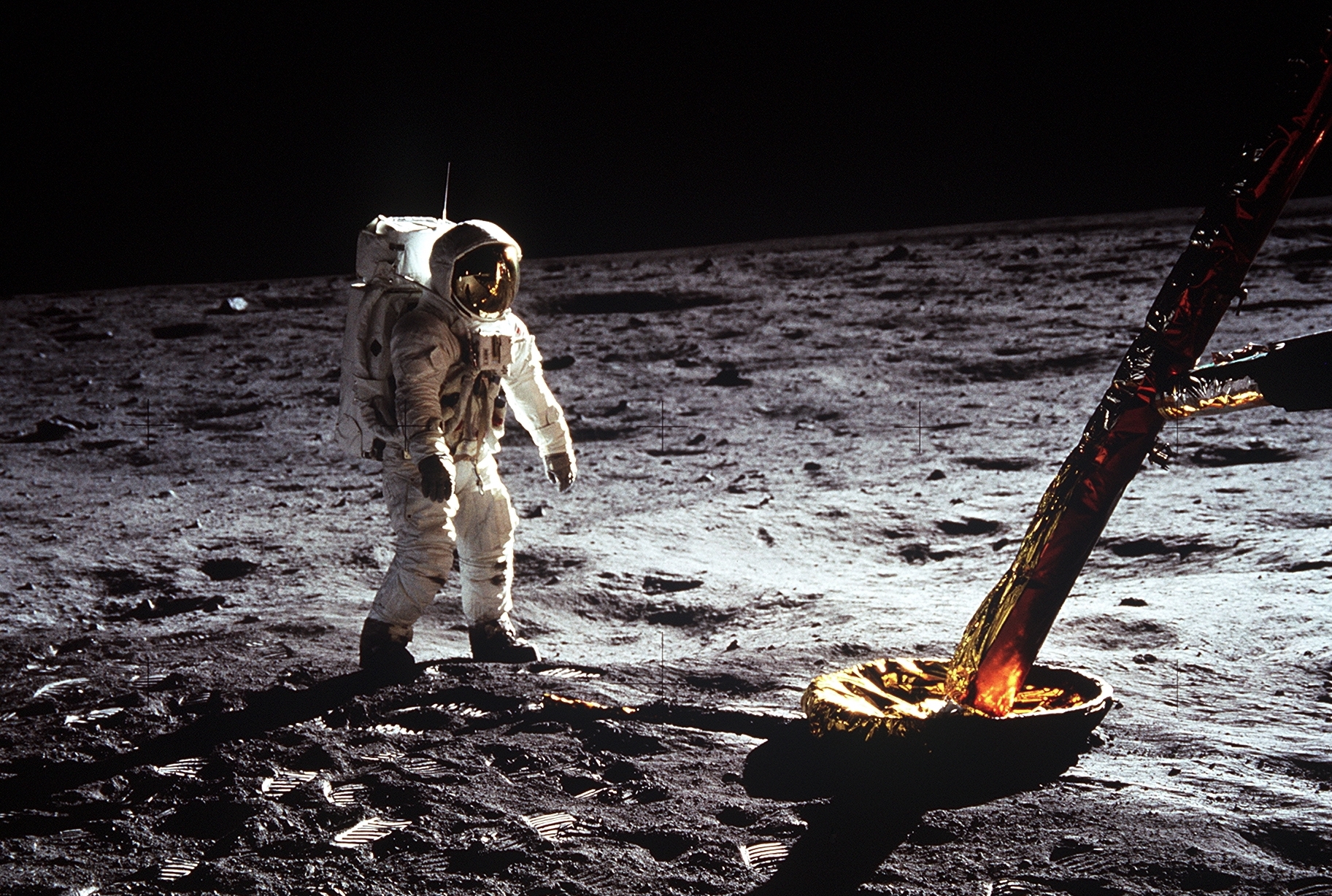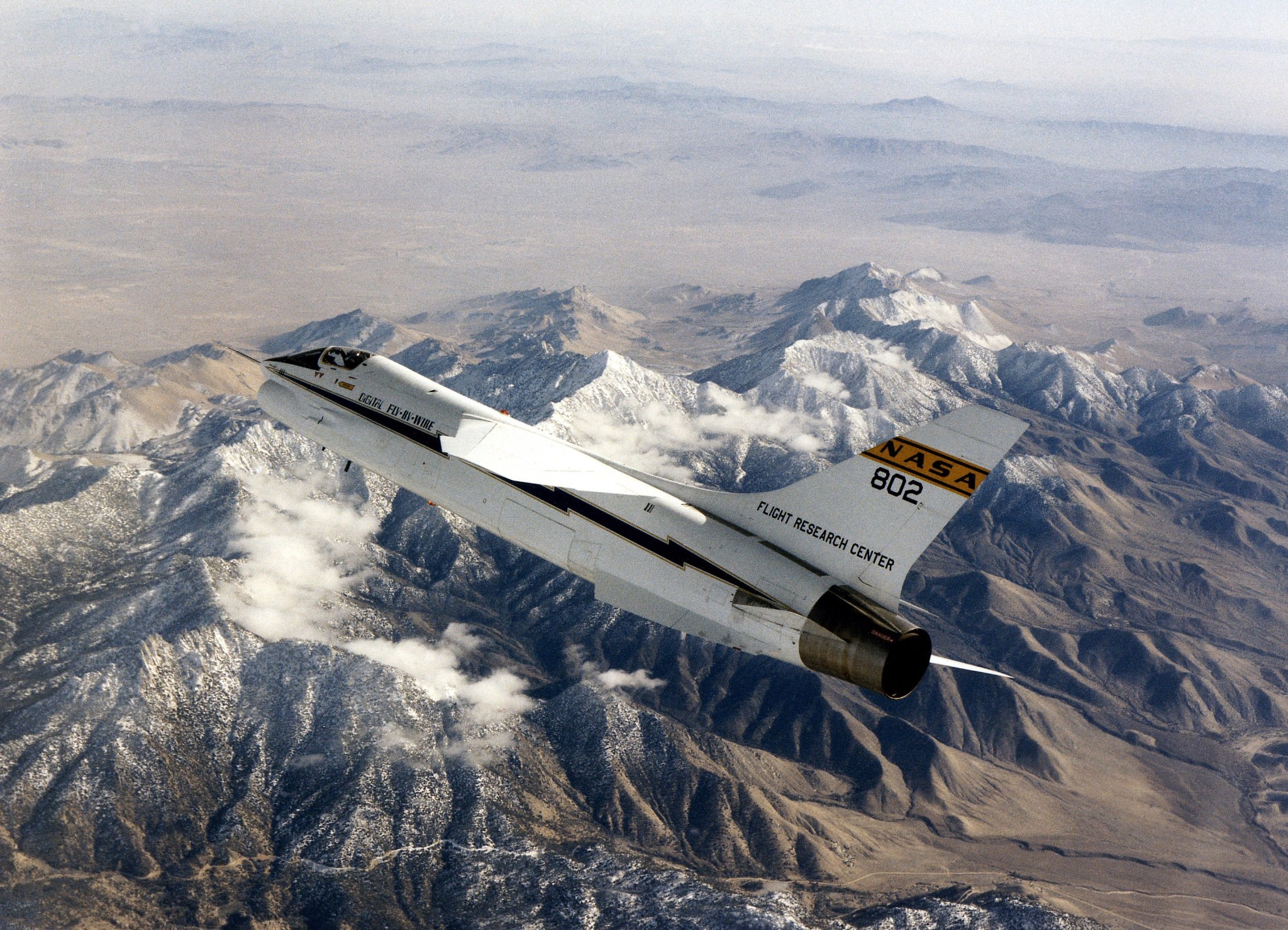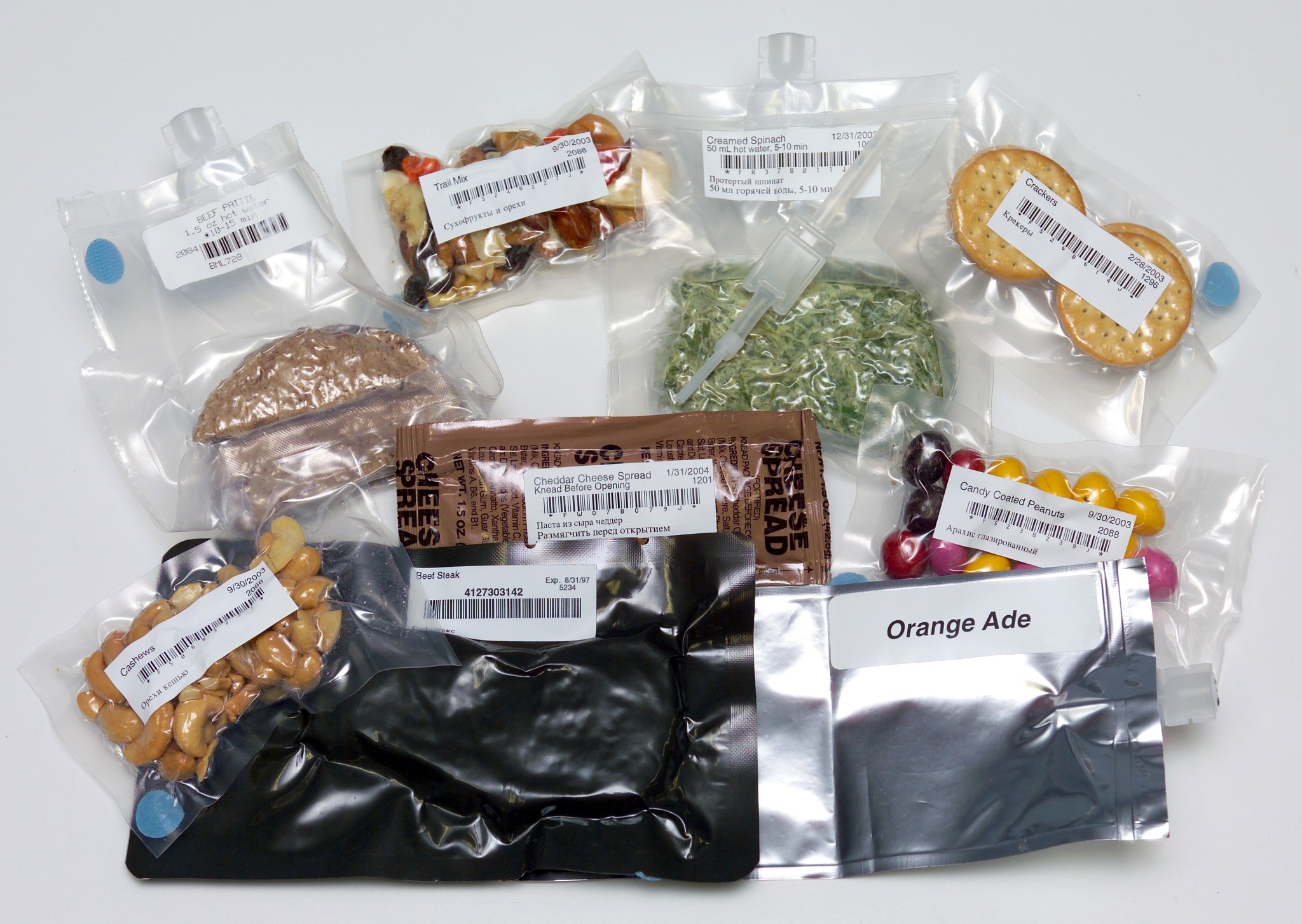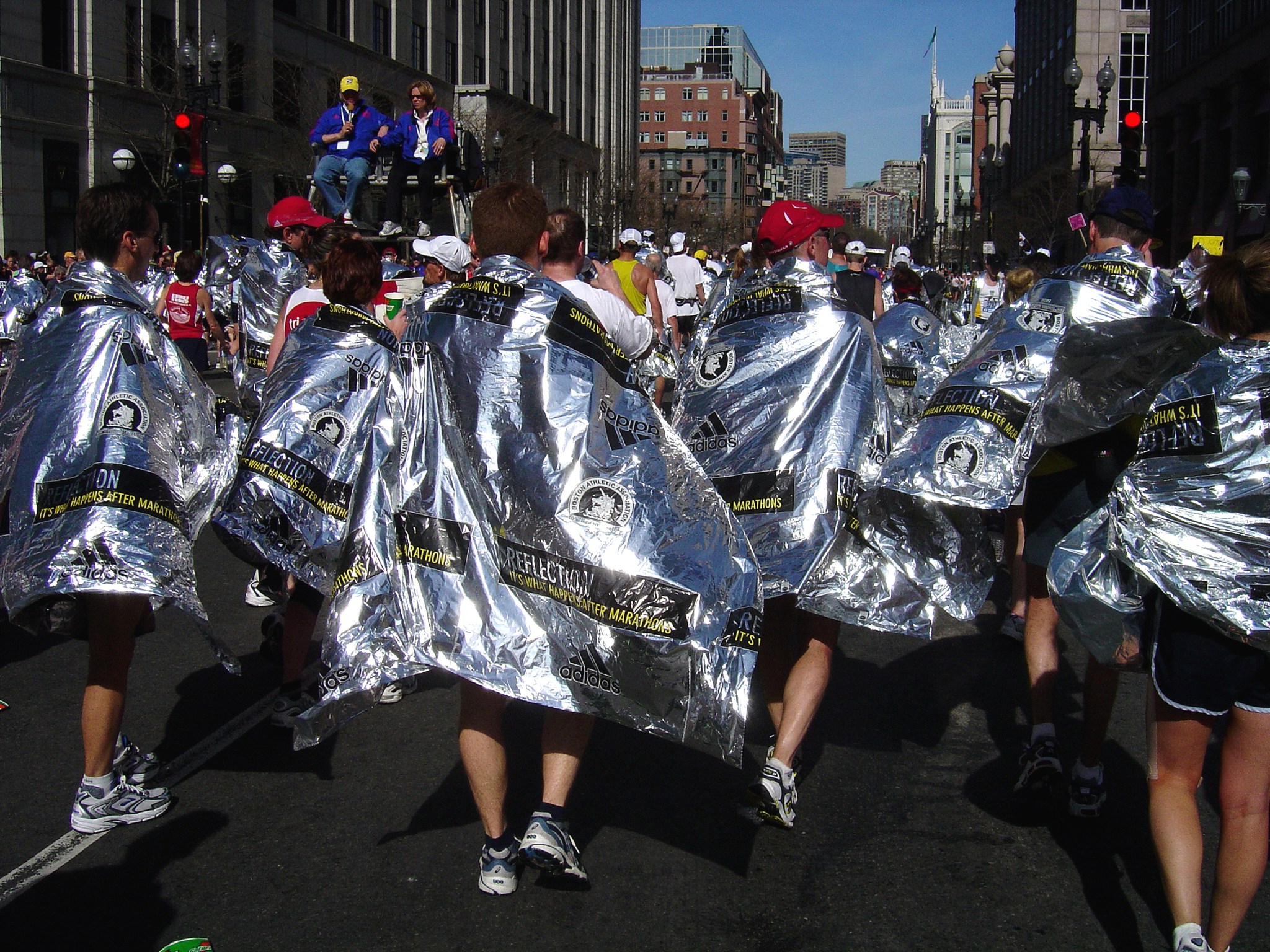President John F. Kennedy wasn’t kidding when he said going to the Moon was hard.
Much of the technology needed to get to the lunar surface and return didn’t exist at the time of Kennedy’s famous 1962 speech. And much was unknown. As NASA’s Apollo missions were being planned, there was concern that the lunar module might sink right into the surface or become stuck in it.




Thanks in part to the massive, 400,000-person effort that put astronauts on the Moon seven years later, our knowledge of the solar system has increased dramatically in the decades since. The many challenges NASA overcame forced the agency and its partners to devise new inventions and techniques that spread into public life, many of which are taken for granted today.
As NASA prepares to return to the Moon by 2024, the space agency is mapping out the next round of technological advances needed to establish sustainable operations by 2028 and send future crewed missions to Mars. If history is any guide, many of these technologies will go on to become part of day-to-day life on Earth, just as many Apollo inventions already have.
Here is a small selection of Apollo technologies still in use 50 years after the first Moon landing.
Digital Flight Controls
Maybe the clearest illustration of Apollo’s contributions to the state of the art is the digital fly-by-wire control system that guided its path. The technology was unheard-of at the time, but it is now integral to airliners and is even found in most cars.
When the Apollo program started, pilots controlled planes mechanically, with cables and rods connecting their instruments to the aircraft’s control surfaces, such as wing flaps and tail rudders. To eliminate human error and guide flight more precisely during a three-day trip to the Moon and daring lunar touchdown, NASA commissioned Draper Laboratories to build a computer guidance system for the Apollo command module and lunar module. The Apollo Primary Guidance, Navigation and Control System converted pilots’ inputs into electrical signals and fed them to the Apollo Guidance Computer, along with information from various sensors. The computer then decided how to adjust control firings to achieve the desired outcome. Being digital, rather than analog, the computer could make use of complex software and store large amounts of data.
Following Apollo, NASA and its partners spent years adapting the system for use in airplanes, where it is now common. Digital fly-by-wire technology also appears in automobile features like cruise control, antilock brakes and electronic stability control systems.
Food Safety
One of the many problems NASA faced planning space missions was the need to ensure all food astronauts took with them was free of microbes that could make them sick. The agency enlisted food manufacturer Pillsbury to help tackle the problem. The company quickly discovered existing quality-control methods were not up to the task.
Rather than spot-checking end products to catch problems, Pillsbury developed a system for taking control of the entire manufacturing process, from raw materials to the processing environment to distribution and the people involved. The Hazard Analysis and Critical Control Point (HACCP) system was in place in time for the first Moon missions, and it was soon implemented in Pillsbury’s own factories.
For the past couple of decades, the U.S. government has required meat, poultry, seafood and juice producers to use HACCP procedures, and the same principles informed newer regulations that are being applied across the entire food industry today.
Space Blankets
One of the most prevalent spinoffs from the entire space program was invented for Apollo-era spacesuits. It might be best known as the “space blankets” found in emergency kits and handed out at the end of marathons, but multilayer reflective insulation is more often used in less visible applications.
NASA found that by layering multiple metalized sheets of lightweight mylar, it could create a reflective insulation far more effective both pound-for-pound and inch-for-inch than anything else available. NASA went on to master the technology, improving its strength, fabrication techniques and testing procedures, fine-tuning it for maximum performance.
The insulation has been used in just about every NASA spacecraft and spacesuit since its creation, and it has become a ubiquitous spinoff found in clothing, firefighting and camping gear, building insulation, cryogenic storage, magnetic resonance imaging machines and particle colliders, to name a few applications.
Quake-Proofing
A technology that started with Apollo-era shock absorbers and computers now protects buildings and bridges around the world from earthquakes. A company that built dampers to manage the massive arms that swung away from Apollo’s Saturn V rocket during launch had to push conventional shock isolation technology to the limit.
For a separate project to help build NASA a hydraulics-based analog computer in the mid-1960s, the company researched fluidics science and developed a fluidic damper that easily exceeded the performance of existing technology. NASA later used dampers based on those advances for every space shuttle launch.
For decades, the company has made fluidic shock absorbers using the same technology, which now reinforce hundreds of buildings, bridges, and other structures around the world, particularly in quake-prone regions.
Rechargeable Hearing Aids
Even decades after the Moon landing, new spinoff technologies from the Apollo program continue to arrive on the market. The world’s first practical rechargeable hearing aid batteries, which debuted in 2013, built on extensive work NASA did during and after Apollo.
The command module that went to the Moon used silver-zinc batteries, the lightest known battery couple. But the agency also wanted to make the cells rechargeable, and innovators at NASA spent many years experimenting with cell separators and electrodes, vastly improving the technology — though it never made it into space. A company founded in 1996 picked up where NASA and others had left off, but it took many more years of work to make a viable product.
Hearing aid batteries have always been disposable, because the zinc batteries that can be made small enough for them aren’t rechargeable. Lithium-ion batteries can’t get quite as small and suffer from problems related to overheating. Now, the company’s silver-zinc hearing aid batteries can hold enough power to last all day and can be recharged upwards of 1,000 times without losing performance. They’re even recyclable.
The batteries have also made their way into a bone-anchored hearing system and a line of noise-canceling wireless earbuds. It is likely that we will see many more silver-zinc battery applications in the future.
More to Come
These are just a few of the numerous commercial products from humanity’s first trips to the Moon. The full stories for these and other Apollo technologies that have made their way into everyday life can be found on the NASA Spinoff website.
As NASA plans upcoming Artemis missions, with new objectives and long-term exploration goals, it’s clear that, once again, much of the necessary technology and infrastructure don’t exist yet for sustainable missions. For example, the agency plans to extract resources from the lunar surface. Engineers will need to figure out how to turn frozen water locked in the Moon’s surface into drinkable water, breathable oxygen and usable rocket fuel.
None of this will be easy, but that is why the effort will prove fruitful. Interviewed about fly-by-wire technology decades after its invention, Darryl Sargent, vice president of programs for Draper Laboratories, said, “What NASA has meant to us is a steady stream of hard problems to work on,” noting that the company then applies the solutions it devises as broadly as possible.
Technology created for Artemis will certainly find secondary applications on Earth. And it will enable a new economy in space. Finally, the mission architecture itself — rocket and capsule, surface modules, spacecraft that will ferry astronauts to and from the lunar surface, and all the technology that enables sustainable operations on the Moon — is a test bed for humanity’s next great leap – sending astronauts to Mars.
Mike DiCicco
NASA’s Goddard Space Flight Center

























